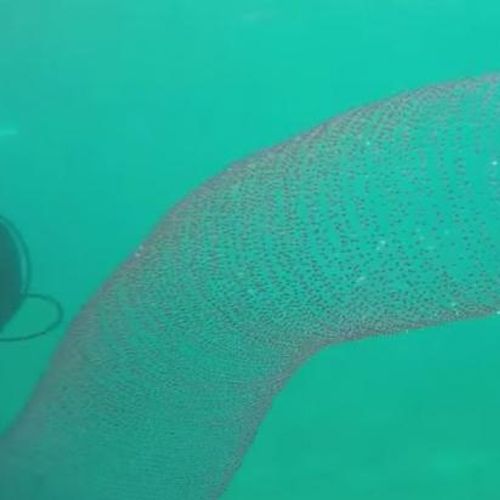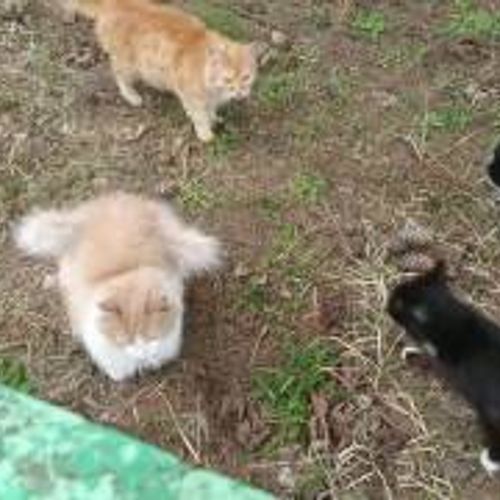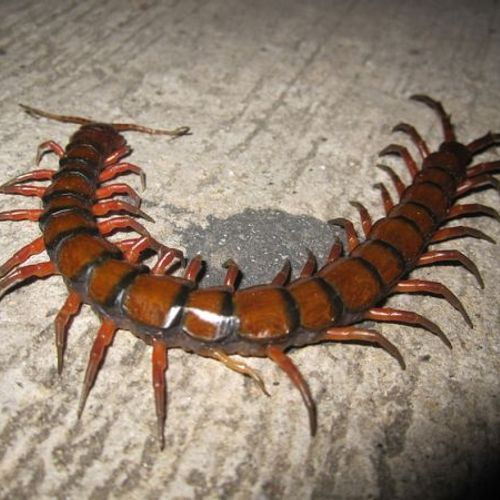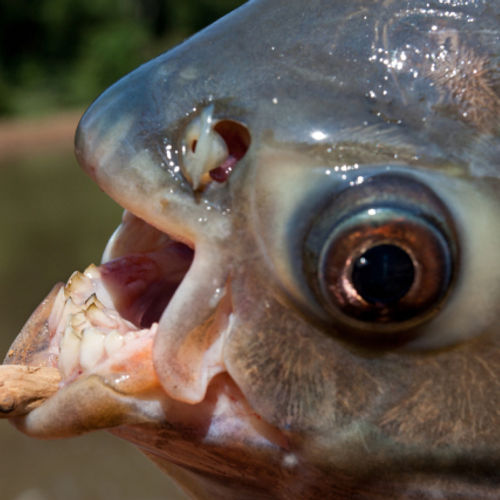
| Added | Tue, 19/09/2017 |
| Источники | |
| Дата публикации | Tue, 19/09/2017
|
| Версии |
Probably, for anybody not a secret that the deep waters of the oceans truly is filled with many strange creatures, from the terrifying dragon fish to the adorable Dumbo octopus. From time to time we are able to see even more unusual inhabitants of the oceans. This time luck smiled divers from Abc Scuba Diving.
In the waters of port Douglas, Australia, divers stumbled upon a giant translucent tube, the surface of which a whimsical glittered pink. Initially, the divers did not understand what could be a three-metre creature. It turned out that the bizarre sea creatures is actually a giant pyroom, and is not one organism, but a colony. Long translucent tube consists of thousands of individual clones, which are combined, forming a hollow structure. Each of these clones has a size of only few millimeters. All of them are separate entities, able to swallow the water, filter out food particles such as algae, and then push her inside the giant cylinder of the colony.
A colony of these creatures known as pyrosoma (from Greek pyro — "fire" and soma "body"), because these small animals are able not only to form massive colonies, but are also bioluminescent. The light they produce, you'll be extraordinary brightness and duration. He often pulsates along the cylinder because once the body begins to radiate, this example is followed by his neighbours. It was also noted that when a colony starts bioluminescence in the vicinity of pyrosoma will join the light show.
These creatures can easily clone yourself, and hence, any damage the colony quite easily restored. Each individual clone is also a hermaphrodite because his body produces both eggs and sperm. It is considered that sexual reproduction of the two colonies is possible only in the case when they accidentally collide in the ocean, but most often it is asexual, when animals are cloned himself.
But as strange as it seemed these creatures, they are distantly related to the man. Pyrosoma belong to the tunicates, and each creature has notochord, or the primitive spine. That's why they are chordates classified as animals, exactly as we are.
Translated by «Yandex.Translator»
Новости со схожими версиями
Log in or register to post comments









